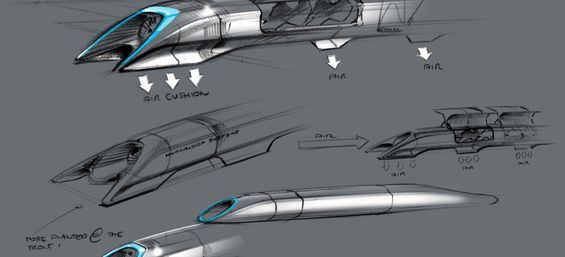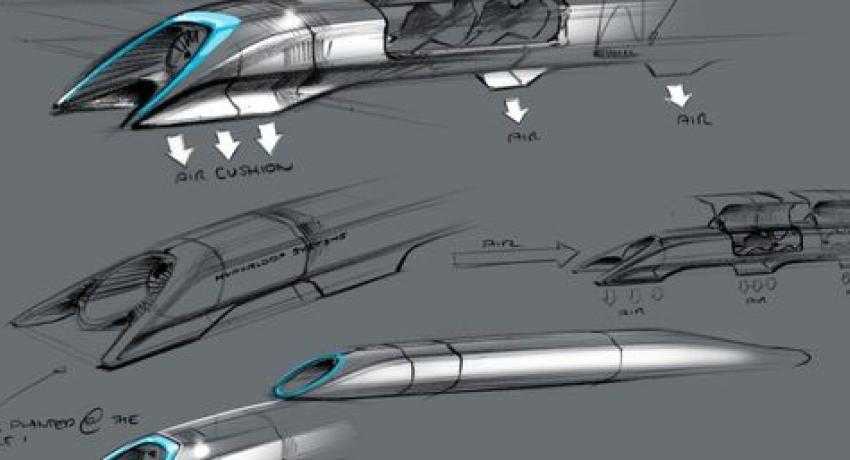Elon Musk proposes the new Hyperloop, a solar-powered subsonic travel pod
 The U.S.’s mass transportation system is problematic, lots of large expanses with few forms of mass transportation that make it easy for people to choose an efficient and inexpensive means of travel. We don’t have bullet trains like in Europe or Japan, in fact we barely have national rail travel anymore, and given the laws that protect commercial transportation train lines from having to share more with passenger trains, it’s not like there will be a great resurgence of national train transportation.
The U.S.’s mass transportation system is problematic, lots of large expanses with few forms of mass transportation that make it easy for people to choose an efficient and inexpensive means of travel. We don’t have bullet trains like in Europe or Japan, in fact we barely have national rail travel anymore, and given the laws that protect commercial transportation train lines from having to share more with passenger trains, it’s not like there will be a great resurgence of national train transportation.
But Elon Musk of PayPal, Tesla and SpaceX, fame has got a wunderrsolution for this, too. He’s calling it the Hyperloop. And it’s pretty similar to the old pneumatic tubes used at bank drive-in windows to move items from car to teller quickly. Except the solar-powered Hyperloop would be much, much bigger, and much, much faster.
The Hyperloop would consist of a tube that runs, for instance, from Los Angeles to San Francisco, costs about $20 for the trip and cuts the 5-6 hour drive time down to 30 minutes. Only problem? Musk doesn’t plan to build the Hyperloop, claiming he doesn’t have time to devote to it, what with working on self-parking space shuttles and the Tesla EVs he’s been working on for the past few years. But this past Monday he introduced his thoughts on such a system in a 50+ page document in the hope that someone else could innovate and create such a transportation option.
To power the system, Musk said it could use solar and that by covering the tubes from San Francisco to Los Angeles with solar, the system could generate 285 megawatts at peak, which would make it among the largest solar installations as well. “The Hyperloop as a whole is projected to consume an average of 28,000 hp (21 MW),” Musk wrote. “This includes the power needed to make up for propulsion motor efficiency (including elevation changes), aerodynamic drag, charging the batteries to power on-board compressors, and vacuum pumps to keep the tube evacuated. A solar array covering the entire Hyperloop is large enough to provide an annual average of 76,000 hp (57 MW), significantly more than the Hyperloop requires.”
The pods would travel inside the tubes at speeds as high as 760 miles an hour, to reduce friction, the device would float on air bearings and be propelled by a linear motor, which has few moving parts. To reduce a build up of air in front of the pod, each would have a fan at the front that pushes air towards the back and to help provide the cushion of air for the air bearings. The pods, which will seat 28 people, will travel at lower speeds of 300 miles per hour near urban areas and during ascents over mountains.




